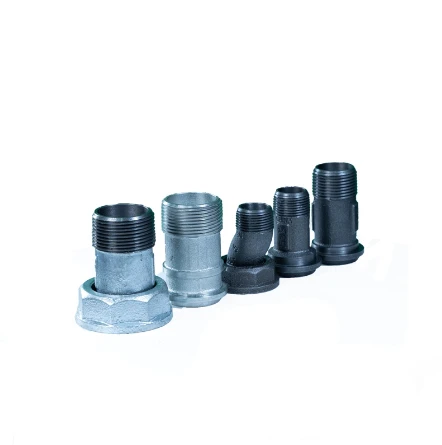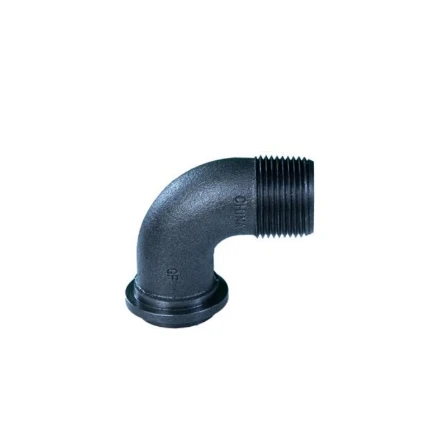Navigating the Comprehensive World of Male and Female Fittings

Understanding the essentials of male and female fittings is crucial for industries relying on efficient fluid transfer solutions. From providing seamless connections in plumbing systems to ensuring leak-proof seals in industrial applications, these fittings play an indispensable role. The market offers a myriad of options, and choosing the right type for a specific application requires a blend of experience, professional insight, and comprehensive understanding.
A Journey Through the History and Evolution

The advent of male and female fittings revolutionized the efficiency with which piping systems and hydraulic solutions were constructed. Historically, these connections were wrought from the hands of skilled craftsmen who meticulously worked on creating effective linkages. Over time, advancements in technology have led to mass production and the development of more sophisticated, durable, and versatile fittings.
Craftsmanship Meets Modern Engineering
Today's fittings are designed with precision, using materials that range from brass and stainless steel to sophisticated polymer blends. The evolution from rudimentary connectors to modern engineering marvels is a testament to the extensive research and expertise the industry has accrued over decades. Industry leaders have invested in innovation, resulting in fittings that not only meet current standards but also anticipate future demands.
Choosing the Right Material
Selecting the right material for male and female fittings is imperative for ensuring system reliability and longevity. Brass fittings, for instance, are heralded for their tensile strength and durability, making them ideal for high-pressure applications. Meanwhile, stainless steel fittings offer unparalleled resistance to corrosion and extreme temperatures, making them suitable for volatile environments. On the other hand, plastic fittings might be ideal for lightweight and low-pressure systems, providing cost-effectiveness without compromising performance.
Applications Across Industries
The versatility of male and female fittings is evident through their varied applications across industries. In the automotive industry, these fittings ensure the seamless transfer of fluids, critical to vehicle performance. In plumbing, the reliability of these connections prevents leaks that could lead to costly water damage. Furthermore, in industrial settings, these fittings are essential for hydraulic systems, ensuring efficient and safe operations.
male female fittings
A Testament to Expertise
The industry is not just about manufacturing fittings but also about a profound understanding of their applications. Renowned manufacturers employ teams of engineers and specialists who bring a wealth of knowledge and expertise to the table. This authoritative approach ensures the production of fittings that adhere to stringent international standards and regulatory requirements, guaranteeing safety and performance.
Building Trust with Quality Assurance
Quality assurance is the cornerstone of trust in the fittings industry. Leading companies implement rigorous testing procedures to ensure that each product meets the high expectations of clients. This includes pressure testing, material verification, and performance assessments under simulated conditions. By prioritizing quality, manufacturers assure customers of the reliability and safety of their products, fostering long-term trust.
Case Studies Real-World Experience
Several case studies highlight the real-world applications and reliability of male and female fittings. For instance, a major construction project in Europe utilized stainless steel fittings to construct a high-rise building's plumbing system. The choice was based on the fittings' ability to withstand temperature variations and resist corrosion over time. In another scenario, a manufacturing plant in Asia installed advanced polymer fittings to optimize their production line's efficiency and reduce overall maintenance costs.
Looking Toward the Future
As industries evolve,
so too will the demands placed on male and female fittings. The future holds promising innovations with potential developments in smart fittings that integrate sensors for monitoring and diagnostics. The drive towards sustainability will also see the introduction of eco-friendly materials and processes in manufacturing.
In conclusion, male and female fittings are more than mere connectors; they are pivotal components that embody a blend of historical craftsmanship and modern engineering. Backed by a strong foundation of experience, expertise, authority, and trustworthiness, these fittings continue to drive forward the efficiency and reliability of systems across diverse industries.
Post time:
يناير-23-2025











